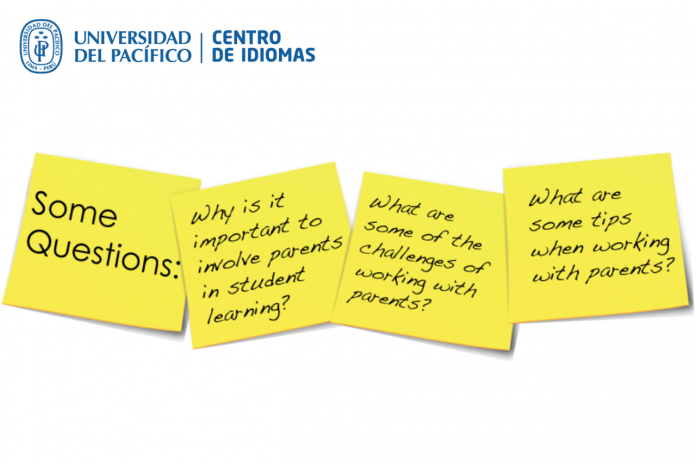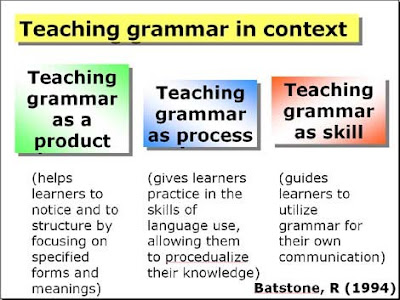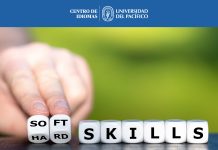The questions above are reservations we all teachers lay to ourselves when preparing our classes. Providentially, there are new tendencies regarding this topic we should consider. Ready to revise some of them?
Let’s start with the definition of Grammaring which is a new word coined by Larsen-Freeman1” The ability to use grammar structures accurately, meaningfully, and appropriately”. According to her, we should stop teaching grammar just as a set of rules, and teach it in such a way that students learn how to use it.
This idea, is not totally new as you can see in the chart. Grammar can be taught either as a product, as a process and as a skill. Moreover, we have shifted from teaching exclusively a set of rules to teach absolutely no grammar at all. Why? The former method was the Grammar Translation Approach and the latter the Communicative approach, which has communication as its main aim.
Let’s take a look at the ways grammar has been taught so far:
– – As structured input activities (the focus should be in meaning)
– – As input enhacement activities (using visual aids and phonological modifications)
– – Interactional feedback (reformulation, paraphasing a faulty statement, self- correction)
The Communicative Approach is not new at all. After more than 50 years from its creation, it is clear now the absence of grammar instruction has not helped to achieve language acquisition. Students do communicate and are fluent, but form is neglected in most cases.
So, what can we do now? What is the new approach? The new approach considers grammar as the fifth skill and adds a new dimension to language teaching: form, meaning (semantics) and use (pragmatics.)
Let’s see an example to clarify what this means:
CAN= a modal verb
FUNCTIONS: permission, ability, requests and possibility
How can we teach all these functions: by contextualizing them.
WORD ORDER: INTERROGATIVE: CAN+ SUBJECT+ MAIN VERB+
OBJECT(S)
AFFIRMATIVE : SUBJECT + CAN+ MAIN VERB+
OBJECT(S)
Examples:
Situation 1: You need to answer an urgent call
Can I leave for a minute, please?
I can use Excel really well.
Situation 3: It is summer. It is very hot.
Can you open the window please?
Situation 4: You and your friend had a good time at a party.
Do you think you can drive? You have been drinking
at the party.
You see? The same structure with different meanings according to the situation. It is a must to facilitate learners to detect the pattern (using either a deductive or inductive approach) from authentic situations instead of teaching them in isolation. It is also a must to allow students to produce their own statements and to promote peer correction. This way, you will promote autonomy as well. Ready to give a try?
WHAT ABOUT YOU?
Are you ready to try out this Grammaring Approach?
If you are already familiar with it, let us know what your most effective strategies are!
References
(1) Diane Larsen-Freeman, Teaching Language: From Grammar to Grammaring. Heinle.2003
Estimated reading time: 2 minutes, 34 seconds













Hi,
Thank you so much for this information but in my opinion, grammar is a must thing for language. if you see in every entertainment show or news they are focus on single words. we also have a platform on which we are updating every moment..
Comments are closed.